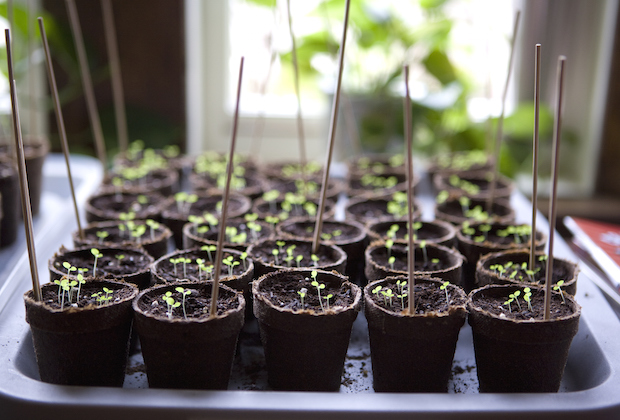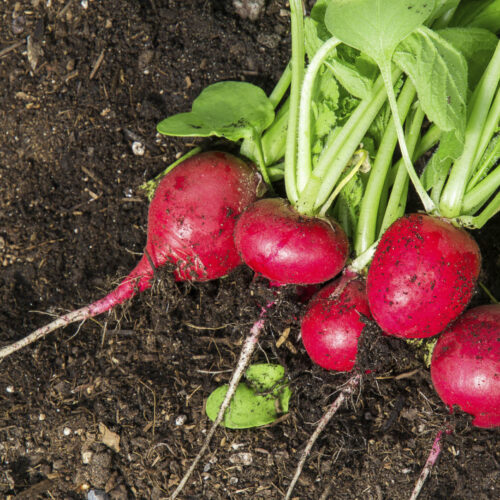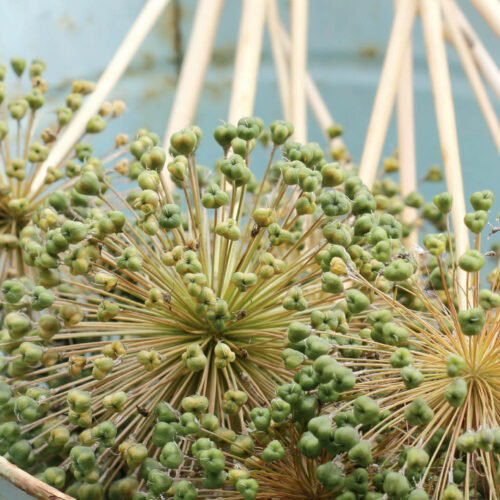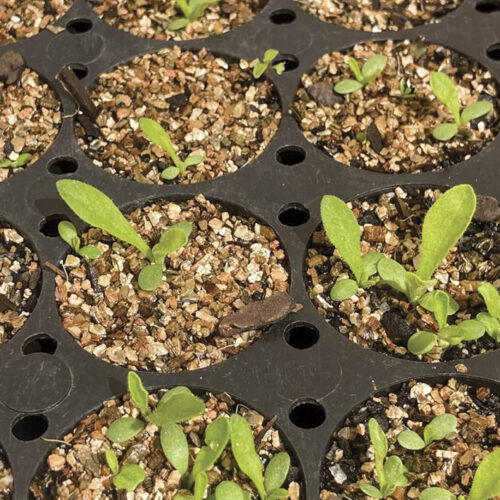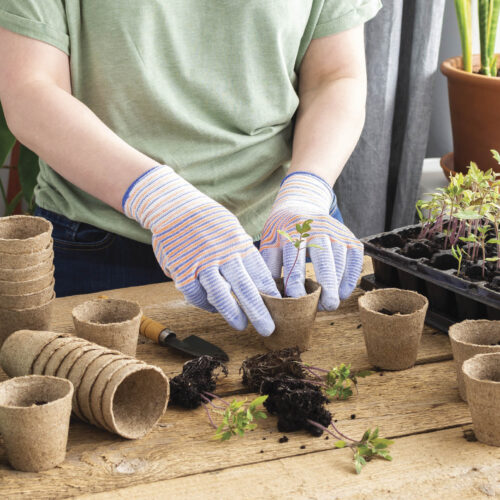Raising your own seedlings
2017-09-13T14:00:01+10:00
Justin Russell explains how to raise your own seedlings in a homemade seed-raising mix.
Quality seed deserves to be sown into a quality seed-raising mix. I’ve used bagged commercial mix and I’ve made my own – the latter producing the best results (see below for recipe). If choosing a commercial mix, look for something reasonably fine (free from big uncomposted chunks of bark, etc.), moisture retentive and airy, yet offering good contact with the seed. Certified organic options are very hard to find; we are not sure why.
A diverse range of containers is suitable for raising seedlings. Drainage is vital, so whatever you use must have holes in the base. Beyond that, it’s a case of finding a system that works for you. I’ve tried everything from used egg cartons to handmade paper pots to biodegradable peat pots to recycled plastic punnets, and it turns out that all containers have their advantages and disadvantages. Plastic punnets are convenient, water efficient and reusable, but they cause a greater level of transplant shock than biodegradable pots. The latter though will be dearer than homemade. An alternative is to avoid containers altogether. Soil blocks, which use a special potting mix and a ‘soil blocker’ mould to produce seedlings are a great option.
Germination and watering
Seeds are amazing in that they contain all the nutrients and DNA code to germinate once they’re exposed to moisture. Seedlings don’t need nutrients to get going, but once they’ve produced their first set of true leaves, they’ll benefit from some light feeding such as with worm castings or liquid fertiliser (good if you’re using a commercial mix as they’re often low in nutrients). Fish emulsion applied once per week using a spray bottle works beautifully, but mix it at half strength to avoid burning tender young roots.
When seedlings are growing you’ll need to water every day (even twice daily in hot weather), so get yourself set up with a hose or a watering can fitted with a shower nozzle. Some people like using overhead sprinklers, but I’m a fan of hand watering. It takes a bit more time, but that time can be spent observing plants and rectifying problems. It also allows for more even watering, which aids overall vitality. I’ve had excellent results with a professional watering wand fitted with a fine showerhead. These are available from farm produce suppliers or decent nurseries. Although a bit more expensive than cheap watering gear, will last for many years.
Hardening off
Next, the most overlooked step in the entire process, hardening off. Skip this at your peril. Seedlings need time to make the adjustment from life in the nursery, where they are mollycoddled, to the more rigorous life in the garden. Gradually expose the plants to increasing amounts of light and wind over the course of a week. For the first day or two, get them into bright sun for a few hours in the morning, and then return to the nursery. The next day, give them half a day. The next, three quarters of a day. Finally, give them a full couple of days of exposure with support from the hose if required. Once hardened off, they’ll be ready to plant out.
How to make your own seed-raising mix
DIY seed-raising mix is cheap, easy to make and has the potential to be superior in quality to commercial bagged products. There are lots of recipes available, but my favourite goes like this: combine 2 parts compost (sieved to remove the larger chunks), 1 part vermiculite, 1 part coir (coconut fibre) and a sprinkle of blood and bone or worm castings to provide some nutrients.
An alternative favoured by Nick Ritar and Kirsten Bradley at Milkwood Permaculture is a mix made from 2 parts compost, 2 parts coir, 1 part worm castings, 1 part sand and a sprinkle of aged manure.
Then again, Phil Dudman, Organic Gardener’s former horticultural editor, swears by an even simpler mix of 2 parts compost, 1 part coir and a small amount of castings. Why not experiment until you find a mix that works well for you?
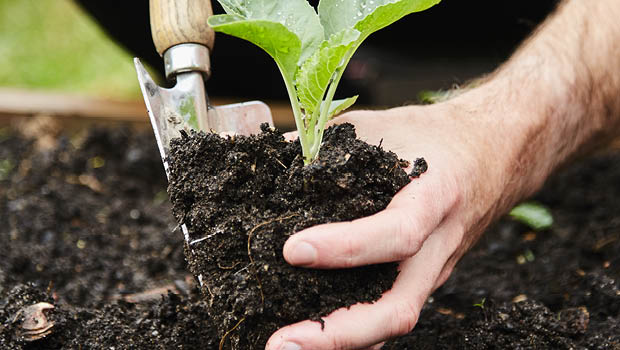
For information about growing from seed, planting seedlings and healthy soil to put them all in try these articles:

